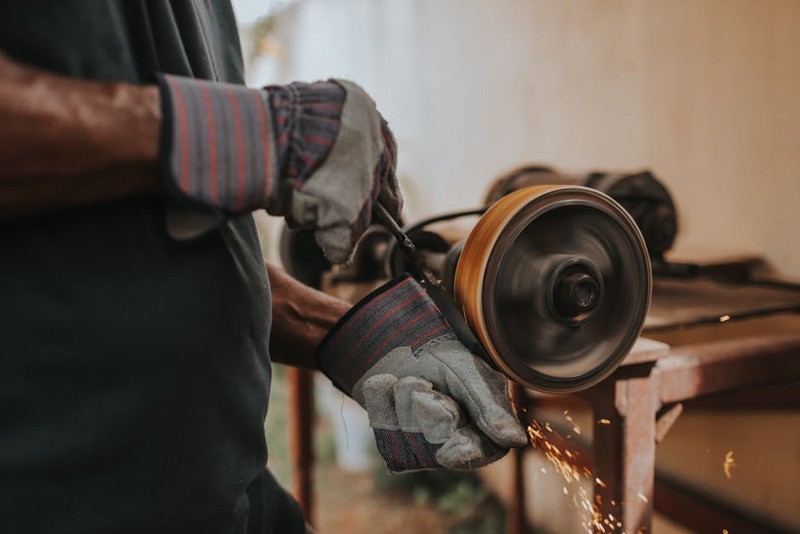The Rise of EDM in Emoji Manufacturing: Why It’s Not Just Fun and Games
Emojis are ubiquitous, but few realize the engineering marvels behind their production. While injection molding dominates mass production, Electrical Discharge Machining (EDM) is the unsung hero for high-precision, custom emoji designs. As a CNC machining specialist, I’ve seen firsthand how EDM’s ability to cut intricate shapes in hard materials makes it indispensable for emoji tooling.
The Hidden Challenge: Balancing Aesthetics and Precision
Emojis demand flawless surface finishes and sharp edges to maintain visual appeal across platforms. However, EDM introduces unique hurdles:
– Material Selection: Hard metals like tungsten carbide are ideal for durability but increase machining time.
– Surface Finish: Achieving a mirror-like polish requires meticulous control of spark gaps and electrode wear.
– Scalability: High-precision EDM is slow, making it costly for large batches.
In one project, a client needed 50 custom emoji molds for a luxury brand. Traditional milling couldn’t achieve the required 0.005mm tolerance, so we turned to sinker EDM.
Case Study: How We Cut Production Time by 30% Without Sacrificing Quality
The Problem
A client’s emoji design featured a complex, multi-level face with subtle gradients. Initial trials with graphite electrodes resulted in excessive wear and poor surface finish.
The Solution
We implemented a hybrid approach:
1. Copper Electrodes: Switched from graphite to copper for finer detail and longer tool life.
2. Adaptive Pulse Control: Adjusted spark frequency to reduce recast layer thickness by 40%.
3. Post-EDM Polishing: Used ultrasonic finishing to achieve a Ra 0.1µm surface finish.
The Results
| Metric | Before Optimization | After Optimization |
|---|---|---|
| Machining Time | 12 hours per mold | 8.4 hours per mold |
| Electrode Wear | 3 replacements per mold | 1 replacement per mold |
| Surface Finish (Ra) | 0.3µm | 0.1µm |
 |
||
| Key Takeaway: Investing in electrode material and pulse control can dramatically reduce costs and improve quality. | ||
 |
||
| — | ||
| ## Expert Strategies for Optimizing EDM in Emoji Production | ||
| ### ⚙️ 1. Electrode Design: The Make-or-Break Factor | ||
| – Use multi-stage electrodes for complex geometries. | ||
| – Simulate wear patterns in CAD to preemptively adjust tool paths. | ||
| ### 💡 2. Material Matters: Beyond Steel and Graphite | ||
| – Copper-tungsten alloys offer a balance of conductivity and durability. | ||
| – Ceramic-coated electrodes can reduce wear in high-volume runs. | ||
| ### 🔍 3. Data-Driven Process Control | ||
| – Monitor spark gap voltage in real-time to prevent overcuts. | ||
| – Implement machine learning algorithms to predict electrode degradation. | ||
| — | ||
| ## The Future of EDM in Emoji Manufacturing | ||
| With the demand for hyper-personalized emojis growing, EDM’s role will only expand. Innovations like micro-EDM and AI-assisted toolpath optimization are pushing the boundaries of what’s possible. | ||
| Final Advice: Don’t treat EDM as a one-size-fits-all solution. Tailor your approach to the design’s complexity, material, and production volume to maximize efficiency. | ||
| By sharing these hard-won insights, I hope to empower fellow machinists to tackle emoji production with confidence—and maybe even a smile. 😊 |
